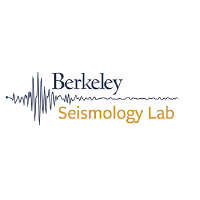




Cal OES works collaboratively with all system partners and uses the workgroup as a forum to exchange ideas, coordinate resources, set system priorities, inform decision-making, integrate new innovations, and expand and strengthen California Integrated Seismic Network (CISN) capabilities to support a full public alert and warning system rollout. The CISN collects ground motion data from seismic stations throughout California to rapidly and automatically process this data and produce information about earthquakes occurring. CISN provides this information to the State of California, emergency managers and responders, and to the public and the organization archives the data for use in event review and by scientists and engineers.
Seismic Station Basics
Seismic sensor set-ups may vary based on the landscape, geological features, telemetry capabilities, and contracted partners’ equipment experience.

Seismic stations include 4 major elements:
Seismic Sensor – all cases in accelerometers (that measure larger ground motion) and some cases include a seismometer (that are more sensitive but cut off larger ground motion).
Data logging collector and storage unit.
Power system (which may include solar panels).
Telemetry equipment to transmit data to the CISN processing centers.


